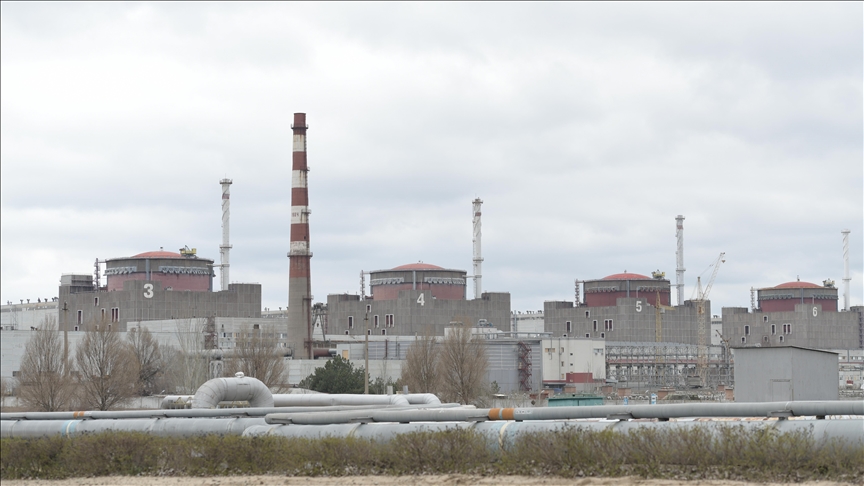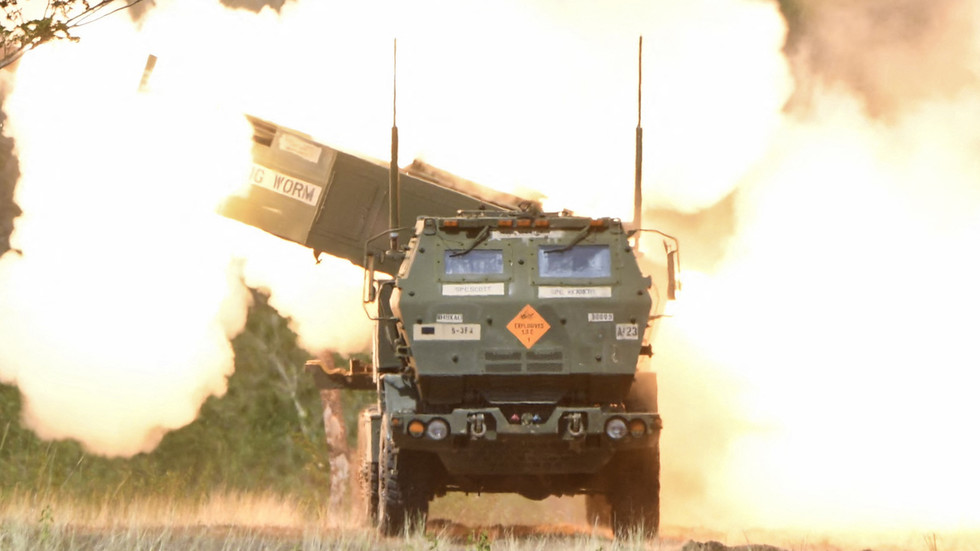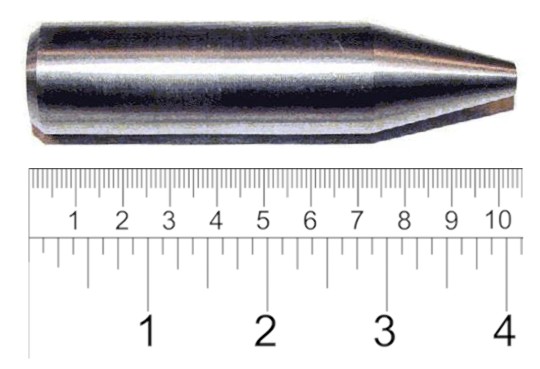Well, no, since you asked. There is no evidence of this.
They use it on tank armor and all sorts of other purposes other than just munitions.

en.wikipedia.org
"In military conflicts involving DU munitions, the major concern is inhalation of DU particles in aerosols arising from the impacts of DU-enhanced projectiles with their targets.[88] When depleted uranium munitions penetrate armor or burn, they create depleted uranium oxides in the form of dust that can be inhaled or contaminate wounds. The Institute of Nuclear Technology-Radiation Protection of Attiki, Greece, has noted that "the aerosol produced during impact and combustion of depleted uranium munitions can potentially contaminate wide areas around the impact sites or can be inhaled by civilians and military personnel".[10] The use of DU in incendiary ammunition is controversial because of potential adverse health effects and its release into the environment.[89][90][91][92][93][94]
The U.S. Department of Defense claims that no human cancer of any type has been seen as a result of exposure to either natural or depleted uranium.[95] Militaries have long had risk-reduction procedures for their troops to follow,[96] and studies are in consistent agreement that veterans who used DU-enhanced munitions have not suffered, so far, from an increased risk of cancer (see the Gulf War and Balkans sections below). The effects of DU on civilian populations are, however, a topic of intense and ongoing controversy.
As early as 1997, British Army doctors warned the Ministry of Defence that exposure to depleted uranium increased the risk of developing lung, lymph and brain cancer, and recommended a series of safety precautions.[97] According to a report issued summarizing the advice of the doctors, "Inhalation of insoluble uranium dioxide dust will lead to accumulation in the lungs with very slow clearance—if any. ... Although chemical toxicity is low, there may be localised radiation damage of the lung leading to cancer." The report warns that "All personnel ... should be aware that uranium dust inhalation carries a long-term risk ... [the dust] has been shown to increase the risks of developing lung, lymph and brain cancers."[97]
In 2003, the Royal Society called, again, for urgent attention to be paid to the possible health and environmental impact of depleted uranium, and added its backing to the United Nations Environment Programme's call for a scientific assessment of sites struck with depleted uranium.[notes 2] In early 2004, the UK Pensions Appeal Tribunal Service attributed birth defect claims from a February 1991 Gulf War combat veteran to depleted uranium poisoning.[98][99] A 2005 epidemiology review concluded: "In aggregate the human epidemiological evidence is consistent with increased risk of birth defects in offspring of persons exposed to DU."[12] Studies using cultured cells and laboratory rodents continue to suggest the possibility of leukemogenic, genetic, reproductive, and neurological effects from chronic exposure.[6]"

www.aa.com.tr

















